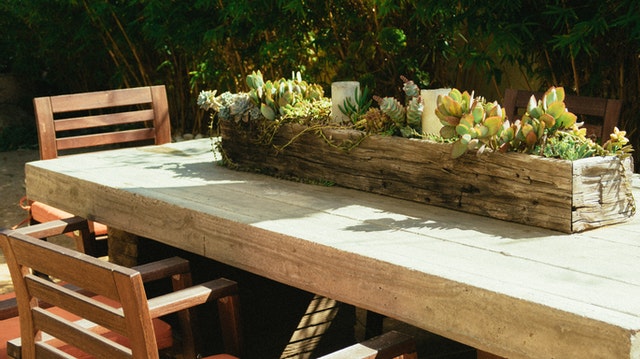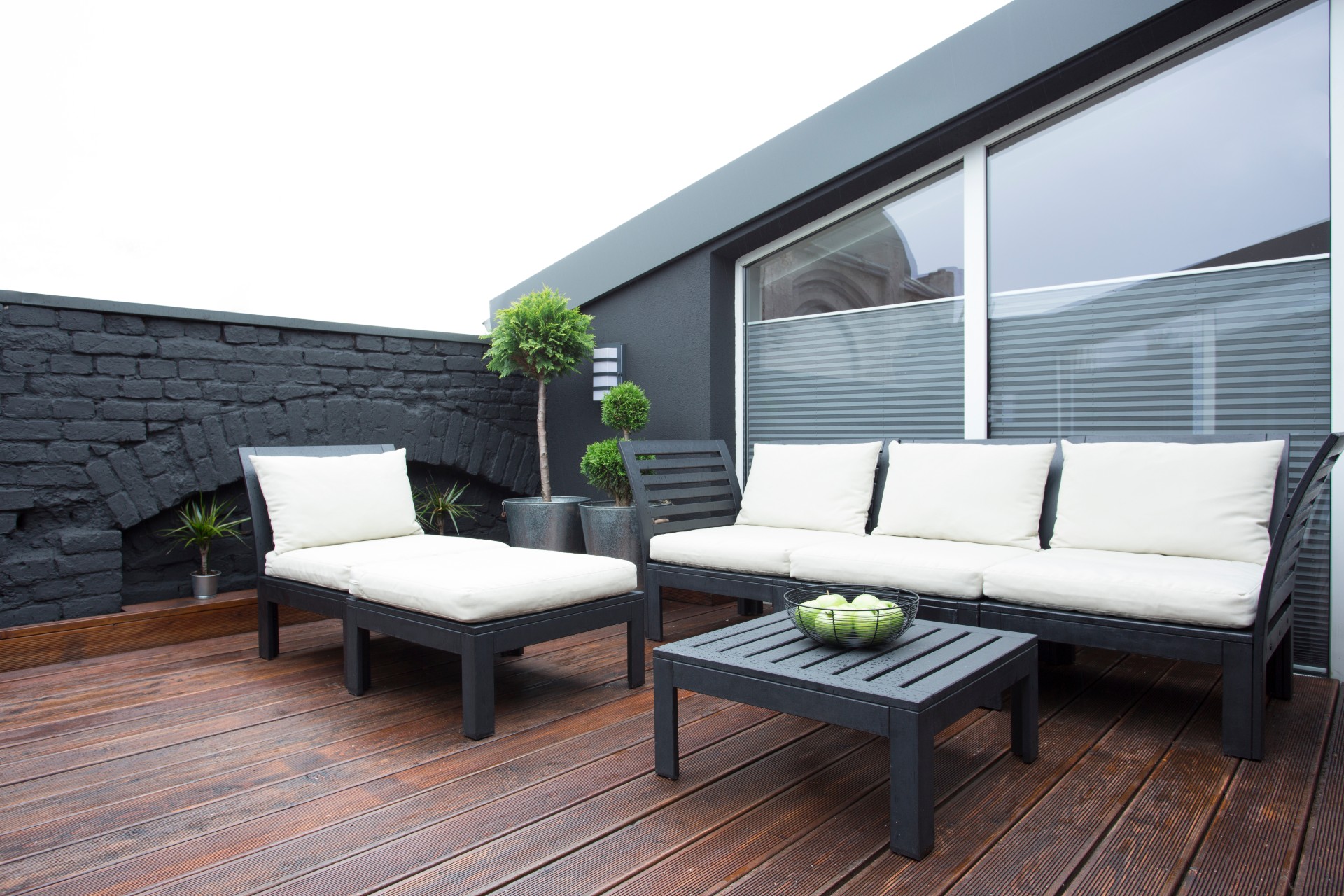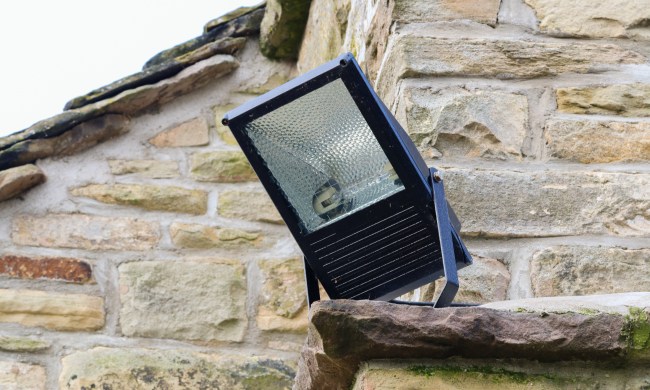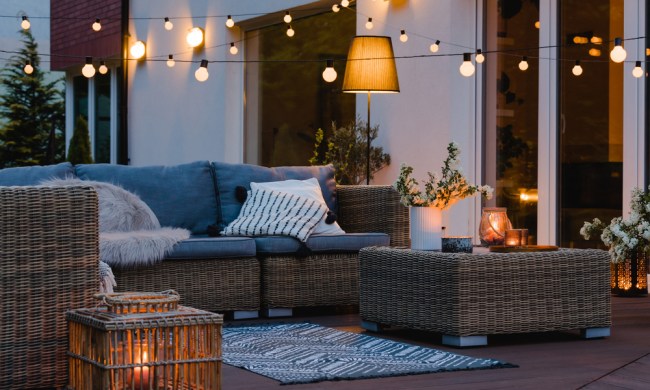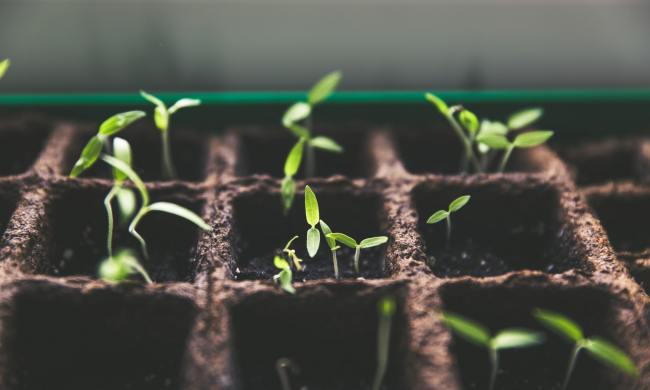Gardens are lovely and have so much room for personal taste and aesthetics. There are plenty of interesting things you can do to make it stand out, from vertical gardens to pollinator gardens. A fun and creative idea to incorporate into this space is the creation of an outdoor garden room. Here are some simple ways you can build your own garden room. Watch your garden evolve from okay to excellent by considering this addition.
What is an outdoor garden room?
An outdoor garden room is a section of your garden that is separated from the rest of the garden, usually including some type of furniture. What makes it a room instead of just a seating area in a garden is that there is some type of barrier between it and the rest of the garden. This can be a solid wall; a line of trees, bushes, or shrubs; or a fence. It doesn’t need to be entirely enclosed, but there does need to be some visual separation between your garden room and your garden.
How to design an outdoor garden room
The first thing you need to do is decide where and how big your garden room will be. You may want to do a basic sketch or plan on some graph paper before you actually begin constructing and planting. Take note of what type of sun your garden room will be getting, so you can be sure you’re getting the right plants.
Determining what purpose your garden room serves also helps when it comes to choosing plants and furniture. Is your garden room for entertaining guests, or is it a quiet escape for just you? Is it a place for a nice outdoor dinner or maybe a playroom for kids? What sort of energy are you looking for? Do you have a particular color scheme, theme, or aesthetic you’re going for? If you aren’t sure where to start the planning process, start with these questions.
Next, decide on what type of barrier or partition you want around your garden. Solid walls provide security and shade, while trellises with climbing vines let in a little more light. Trees can make you feel like you’re walking through a peaceful forest, but they also require more room, while bushes, shrubs, and fences provide a visual separation without creating a real barrier. Do you want a roof for your garden room? If so, do you want a solid one to protect you from the elements, or do you want something lighter, like a fabric canopy or trellis? If you use trees for your barrier, they may provide a natural ceiling.
What plants are best for an outdoor garden room?
It’s time to select your plants! This depends on the climate you live in and the amount of sun your garden room will be getting, but it also depends heavily on your personal taste and the atmosphere you want to cultivate. Ultimately, this is your garden room, so the most important thing is whether or not you like it. If you have a favorite flower, plant it in your garden room! Design your entire garden room around your favorite flower, color, or theme.
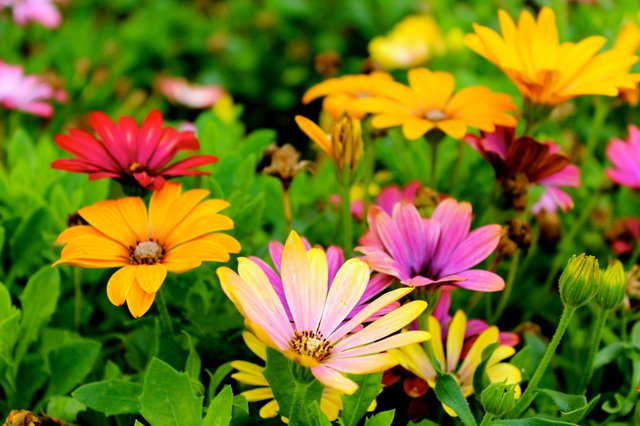
If you want a room that is bright and colorful, look for plants like Gerbera daisies, heuchera, or tulips. For something classy and elegant, there are plants like roses, ferns, and hydrangea. A more whimsical room might include cockscomb celosia, morning glories, and love-in-a-mist. The potential is endless. Your garden room might include a rock garden or perhaps a water feature.
Putting on the finishing touches
Make sure you’re selecting outdoor furniture so that it holds up well in your garden. There are a lot of options, so don’t settle. Pick something you really like, both aesthetically and to sit in. Metal furniture looks refined and holds up well, but it can be uncomfortable and cold in the winter.
Wooden furniture is beautiful and fits in well with the natural surroundings, but it doesn’t hold up quite as well as metal and can be hit or miss with comfort, depending on how well it was made. Fabric chairs, like folding lawn chairs, are comfortable and easy to coordinate with your garden’s color scheme but are more easily damaged and can become mildewed if left out in the rain. Hammocks are a lot of fun but not always practical. There are chairs, benches, tables, and more to consider. Don’t be afraid to look around multiple stores and try everything out!
Once you’ve designed your room, it’s time to put it all together. As you’re planting your garden room, you might rethink some of the planning you did. Maybe you had initially planned to put the marigolds on the right side, but now that you’re looking at it, you’re thinking they might look better on the left. Take your time and think it through. Rushed decisions lead to regret, so step back and look at all your options. Remember, even when it’s set in the ground, it’s not set in stone. If later on, you decide to move things around, plant different flowers, or even redesign the entire room, that’s completely doable. You can always change things around, and you can always have more than one garden room!
